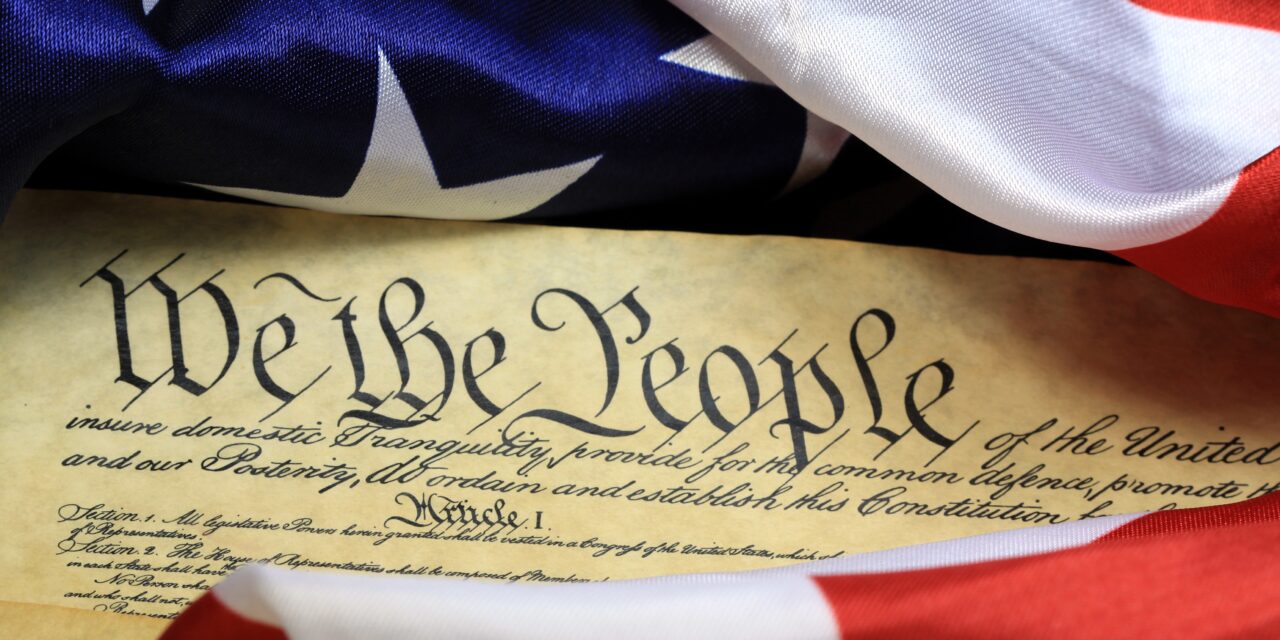Influencing Citizen Nathanael Greene
By David Streater, Ph.D.
Burke County, NC
This is an American history educational moment of those who made a difference during the Revolutionary War era and how they served our Country.
Nathanael Greene was born into a strict Quaker family, in Warwick, Rhode Island on July 27, 1742. Eventually, Nathanael was excommunicated because of his passion for military leadership and higher education that opposed church principles. In 1770, Greene was disappointed when the Kentish militia, that he helped establish, appointed him the rank of private. This was due to a birth defect in his leg that caused him to limp. Senior officers were concerned that Nathanael’s limp would show the militia’s vulnerability. Ironically, the Rhode Island Assembly knew Greene’s leadership abilities and commissioned him as a brigadier general, commanding approximately 1500 soldiers.
Meeting in 1775, Greene and Washington became lifelong friends. Washington placed Nathanael in several crucial positions, understanding his skills and abilities, including vital aspects of crossing the Delaware River and the battle at Trenton. Greene also developed logistics and the recycling practice of military supplies, plus the creative division of troops for tactical operations—including the engagement with Cornwallis at the Battle of Guilford North Carolina Courthouse. After the encounter, Greene ordered his troops’ return to the battleground to collect the food, weapons, and other equipment left by Cornwallis.
On December 14, 1782, Greene marched into Charleston, urging the remaining British to sail away. During the Revolutionary War, Nathanael lost all his possessions including his home in Rhode Island. For his leadership, contributions, and sacrifices, Greene was given the Mulberry Grove plantation by the Georgia regime.
At 44, on June 19, 1786, Nathanael died at Mulberry Grove, Georgia. A few days before, he suffered a sunstroke during a business trip to Savannah. As Greene was the only general to serve for the entire duration of the Revolutionary War, Washington wrote to Jefferson that America is . . . “regretting the loss of so great and so honest a man”.
During the mid-1790s, Eli Whitney came to Mulberry Grove working with Catharine Greene, Nathanael’s widow. There, Whitney invented the cotton gin and the concept of interchangeable parts for the assembly line.
Greene is known as “the general who did the impossible”. Nobly, the jurisdictions of Greensboro, North Carolina, Greensboro County, and Greensboro, Georgia are named in gratitude to Brigadier General Nathanael Greene.
Please visit your Charters of Freedom setting in most western North Carolina counties. A Charter of Freedom setting consists of the Declaration of Independence, the United States Constitution, and the Bill of Rights. They are on permanent display analogous to the Charters of Freedom in the National Archives, Washington, DC. Please visit our website (ChartersofFreedom.com) to learn more about our existing settings.
All teachers are encouraged to contact Dr. Streater for information and complementary student education materials to enhance experiential field trips to a Charter of Freedom settings. Everyone is welcome and urged to obtain a personalized engraved legacy paver for placement at their local Charters of Freedom set. Please contact Dr. Streater (david.streater@gmail.com) for an engraved legacy paver information and complementary educational materials.
_______________________________________
Dr. David Streater is the director of education for Foundation Forward. He is a retired college instructor and administrator, and a retired probation and parole officer/administrator. David is a criminologist who has an acute history interest, served in the Navy, and is a resident of Burke County, NC.
You can read more Good Christian News HERE.
Read more about our founding fathers HERE.
_______________________________________







